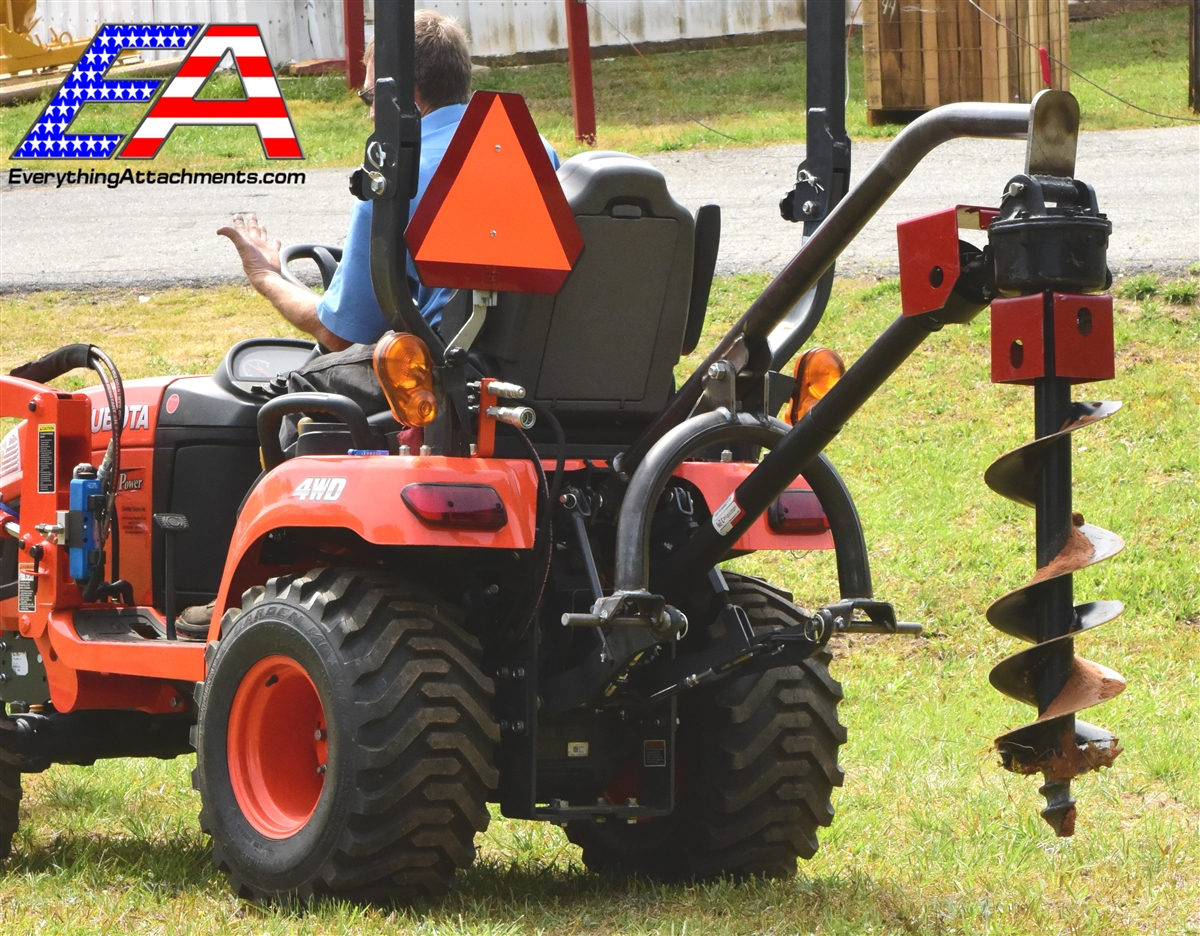Depends on your budget, and the value of your time.
1) Hand auger
These things are backbreaking - but if you have unlimited time they will eventually do the job. Notice the extensions? You can drill until you run out of extensions or the ground is too hard to cut. Performance is improved by using a sharp cutting edge, just like a sharp spade cuts better than a blunt one.
Note any rocks stop these things dead, so you have to use a crowbar to dislodge the rock, or dig another hole and hope to miss them all.
Also, a 4" / 100mm hole is half the work of a 6" / 150mm hole and is about 1/10th the work of a 12" / 300mm hole.
On the plus side, this tool is character-building, and great work for students on workdays :)

2) Tractor Mounted Auger / Post Hole Digger
This one is front-mounted

These are also found mounted on the rear PTO

For deeper holes, you use a longer auger

Naturally you would hire this tool rather than buy it. If you have no tractor then its better to just get a contractor to do it - probably drill all your holes in a morning session if you pre-clear access and clearly mark the locations before-hand.




